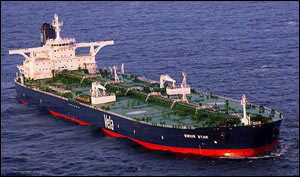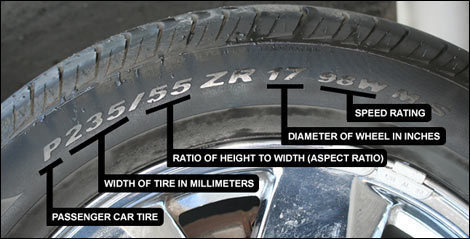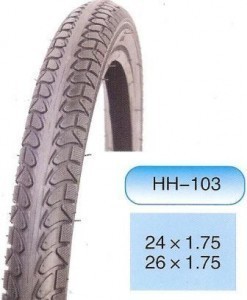Oil Tanker Cubic Capacity
The oil tanker cubic capacity varies depending on the size of the vessel.  The following are some of the specifications you will come across.
The following are some of the specifications you will come across.
Note: DWT stands for deadweight. It is the total weight the vessel is capable of carrying. It can refer not just to fuel, but to passengers and cargo too. It is also known as payload.
AFRA Scale
For the general purpose tanker, the DWT is 10,000 – 24,999. For the medium range type, the DWT is 25,000 – 44,999; for the LR1 (Large Range 1) it is 45,000 – 79,999 DWT. For the LR2 Large Range 2) it is 80,000 – 159,999 DWT and for the VLCC (Very Large Crude Carrier) it is 160,000 – 319,999 DWT. For the ULCC (Ultra Large Crude Carrier) it is 320,000 – 549,999.
Flexible Market Scale
For product tankers, the DWT is 10,000 – 60,000; for the Panamax class, the DWT is 60,000 – 80,000. The Aframax DWT is 80,000 – 120,000 and for the Suezmax it is 120,000 – 200,000. The DWT for the VLCC is 200,000 – 320,000 and for the Ultra Large Crude Carrier it is 320,000 – 550,000.
More Information about Oil Tanker Cubic Capacity
The AFRA was created in 1954 so there could be a way to classify the different tanker sizes. The sizing system was also created due to tax issues. As the information above shows, the general all purpose types are classified as those with less than 25,000 DWT.
The LR1 range did not go any higher than 45,000 DWT because it was considered enormous at the time. But the tankers became even larger during the 1970s. This would result in re-scaling. The AFRA system is no longer used by the oil companies. But for reference purposes it is still employed.
The merchant oil tankers hold different types of hydrocarbon liquids, from refined petroleum to crude oil. No matter what the type is, they are always gauged by DWT. The term supertanker is used for any large tanker.
These days, supertankers are used to describe tankers with capacities exceeding 250,000 DWT. Tankers this size can carry 2 million barrels of oil every day. To get an idea of its capacity, the UK and Spain both use up 3.4 million oil barrels daily.
The largest oil tankers place some of their cargo into smaller tankers when they reach the port. Their size prevents them from getting inside loaded.
The oil tanker cubic capacity as stated is applicable to most of the modern tankers. However, the capacity of these tankers may increase as manufacturers build newer variants.





